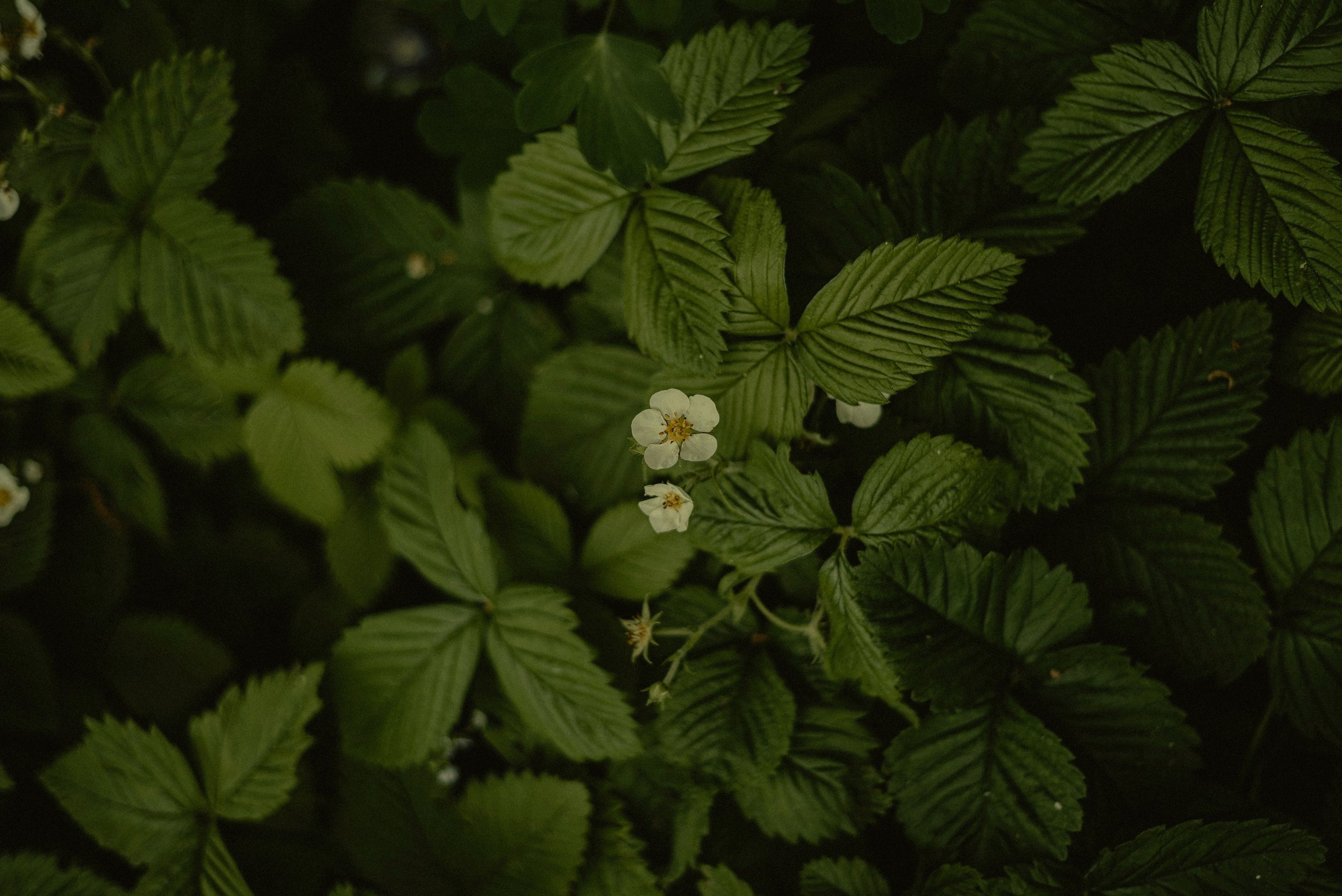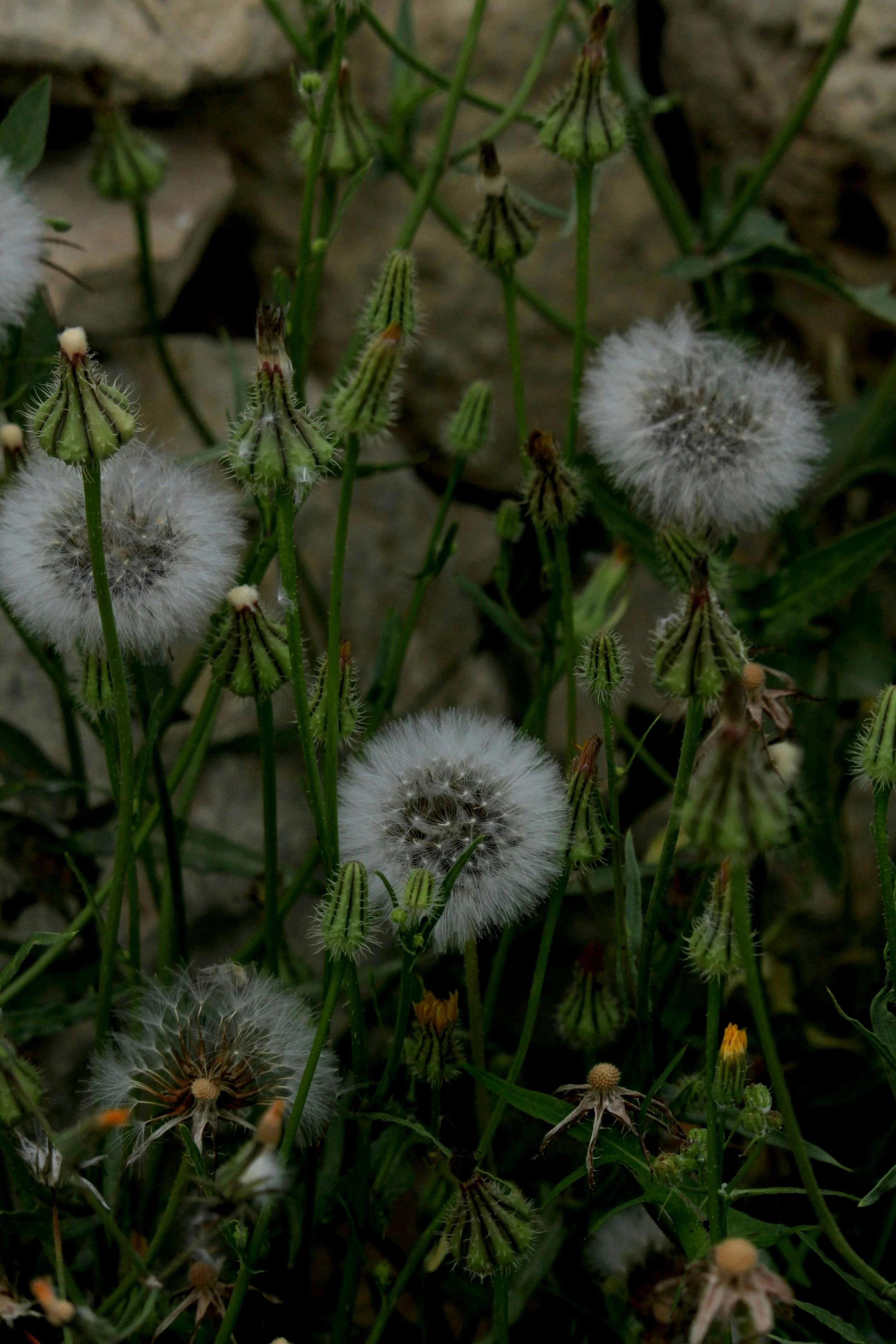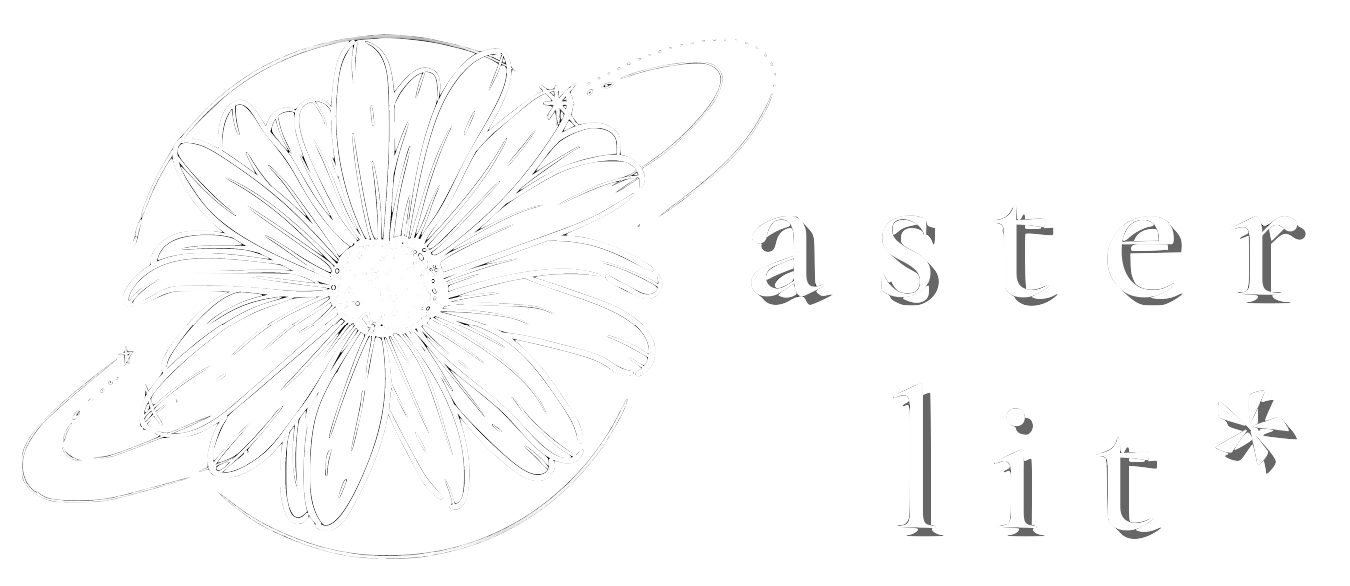
Aster Lit: translatability
Issue 12- Summer 2024
Q&A with Maleeha Bukhari
"We are all many in one, and one in many." How do you feel difference contributes to the idea of unity?
My journey into portraiture began as an exploration, diverging from my preferred medium of installation art. I wanted to capture the static experience of a portrait, something traditionally seen as unchanging. When I first attempted this with my own portrait, the face I created felt both familiar and alien. It wasn't until later that I realized this wasn't just a reflection of my physical self but rather a manifestation of the energy I had while creating it. The moods I experienced— anger, happiness, contemplation—each produced a different version of the same face. This discovery led me to understand that while we might be one person, we exist in multiple forms within ourselves. Our unique identity, like our fingerprints, remains constant, but our internal world—the emotions, thoughts, and intangible elements—evolve continuously. This duality is what makes us both unified and diverse within the same body. It's a concept that is both fascinating and uniquely human, where our internal differences contribute to a deeper sense of unity.
When selecting a written language to integrate into your work, why did you select the Arabic language and its alphabet?
The word I chose to incorporate into my work, "Shanakht," holds profound significance for me. Though rooted in Persian, it was borrowed into Urdu, my native language, where it means "identity." The exploration of identity is central to my work, a theme that resonates deeply as I navigate the complexities of self-expression. Some may interpret my use of language as a form of activism or a bridge between art and poetry—an endeavor to connect and amplify my cultural roots. My journey as an artist began with poetry, and I continue to write in my native tongue. Integrating written text into my artwork is a way of merging these two passions to create something powerful and personal. While this series contains twelve paintings, only this piece features written text. It stands as a testament to my dual identity as both a poet and an artist, a reflection of my desire to own who I am and share that with the world.
How did you choose the colors and textures for your piece, and how do they represent the changing nature of identity? Are there certain parts of this piece that represent “Shanakht" better than others?
This piece comprises three distinct layers, each contributing to the overall narrative of identity. The first layer combines alcoholic ink and acrylic—a somewhat unconventional pairing. I wanted to experiment and see how these two mediums would interact, much like the way our personalities engage with one another within us. The result is a complex texture that mirrors the intricacies of our inner worlds. The second layer is where the actual drawing takes shape. The colors, predominantly blue and gold, were chosen with intention. Blue represents the emotional depths we often experience—the "blues" that shape our internal landscape. Gold, on the other hand, symbolizes the brilliance and resilience that emerge despite, or perhaps because of, these emotional challenges. The interplay of blue and gold speaks to the duality within us—the constant push and pull between the heart and the mind, between vulnerability and strength. Life's choices often lead to consequences that affect both ourselves and others. This duality, or polarity, is reflected in the colors, which appear to be in a state of conflict, much like the internal wars we wage within ourselves. In this work, the colors seem to be at odds, representing the ongoing battle between the various facets of my personality. Perhaps, through this exploration, I am attempting to find balance—a way to reconcile these conflicting elements and achieve a sense of harmony.

